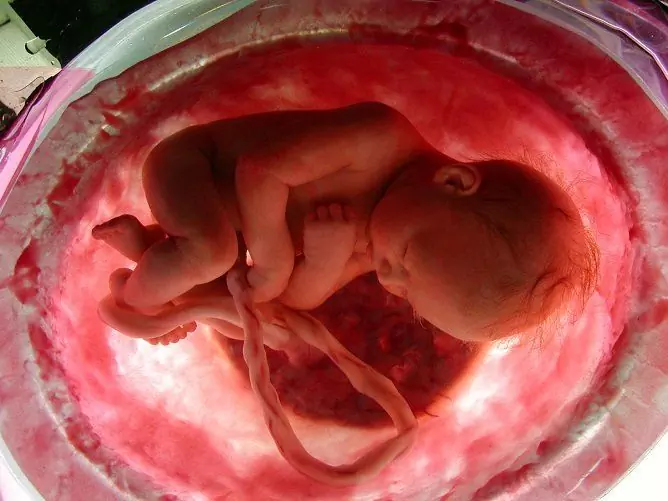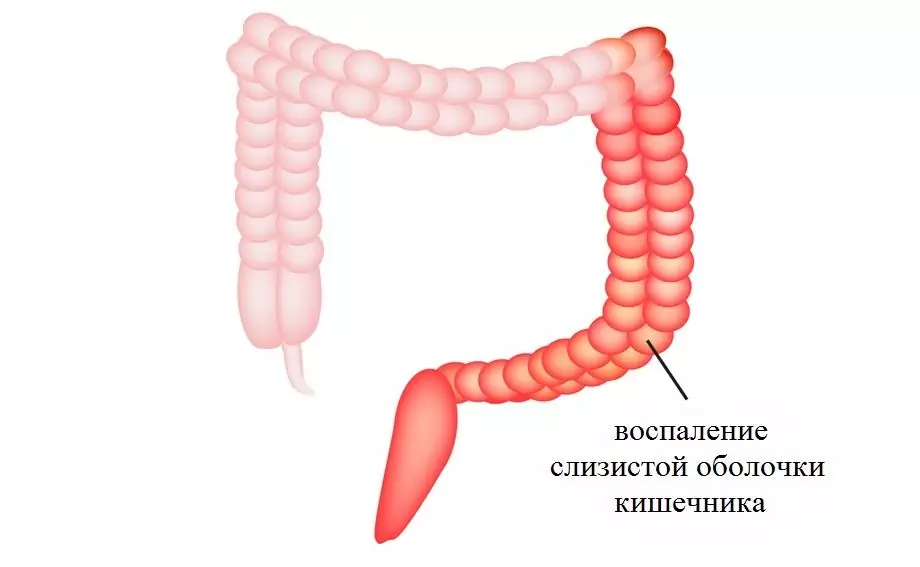- Author Rachel Wainwright [email protected].
- Public 2023-12-15 07:39.
- Last modified 2025-11-02 20:14.
Acetone during pregnancy

During the carrying of a child, the body of the expectant mother works at least one and a half times stronger than that of a woman outside of pregnancy. The load on all organs and systems increases not from the time the placenta is formed and the third circle of blood circulation is formed, but from the moment of conception. The increased intensity of the body's work is accompanied by the production of excess metabolites. Therefore, the appearance in the analyzes of acetone during pregnancy is possible at any time. Normally, ketone bodies (simply acetone) appear inside cells as necessary feedback elements through which cells signal a lack of glucose. As soon as acetone appears during pregnancy, a signal is sent to the central nervous system that an additional mechanism for energy production has turned on. The path of neoglucogenesis is a spare one, and it works in extreme situations. The very fact that a woman is carrying a child is not a pathology, therefore, the appearance of acetone during pregnancy indicates metabolic disorders.
Normal gestation of an embryo involves additional energy costs for the formation of fetal organs. Carbohydrates, proteins, minerals are consumed. Fatty tissues are connected to the metabolism in cases where the supply of glycogen and mobile proteins circulating in the blood runs out. When the breakdown of fatty acids begins, a significant amount of intermediate products of the biochemical reaction - ketones - appears. Under normal conditions, they are immediately processed inside the cell to produce additional ATP molecules. When the amount of ketones becomes critical, the reserves of intracellular processing are depleted, so acetone appears in the body, during pregnancy this indicates a metabolic disorder. First, ketones appear in the blood. For some time they are filtered out by liver cells and rendered harmless. With the further formation of intermediate metabolites, the reserve capacity of the liver cells becomes insufficient, then acetone appears in the urine of pregnant women, which is an important diagnostic feature.
Acetone in the urine of pregnant women
Evidence that the body has earned an alternate pathway for energy production is the appearance of acetone during pregnancy in urine tests. The following conditions can serve as the causes of pathology:
- Alcoholism, both acute alcohol poisoning and chronic;
- Passion for fasting days in order to reduce weight;
- Infectious diseases;
- A state of chronic stress;
- Increased body temperature.
Under the influence of alcohol, an additional (not a backup!) Way of energy production - anaerobic - is turned off. It leads to the release of a small amount of energy and a few molecules of ethyl alcohol, which is called endogenous. Since the additional pathway is blocked, the reserve one - neoglucogenesis - is immediately activated. As a result, acetone appears in the body, during pregnancy, when the liver is working at full strength, ketone bodies enter the blood without processing. They are then excreted in the urine as potentially hazardous elements.
Fasting days are prescribed for pathological weight gain, in order to identify hidden edema. When a pregnant woman excludes flour, sweet foods from the diet, there is a deficiency of glucose in the blood. Naturally, the process of neoglucogenesis starts.
Infectious agents: bacteria, viruses, protozoa and parasites - require additional energy costs, not only to ensure immune responses, but also, as they say, for their own use. The cell membranes of microbes are composed of polysaccharides, and when they multiply, they include in their composition glucose circulating in the human blood. The launch of the mechanism of neoglucogenesis provokes the appearance of acetone in the blood during pregnancy, therefore, infectious diseases are accompanied by ketonuria.
Stress reactions are accompanied by the release of hormones - glucocorticoids. Their name speaks for itself: "inducing gluconeogenesis". So, with injuries, physical and psychological stress, acetone appears, during pregnancy this is immediately detected, since women pass general urine tests to each dispensary visit.
The mechanism of formation of acetone during pregnancy at elevated body temperature is explained by the appearance of pyrogenic substances in the blood, which also requires additional energy to neutralize.
Increased acetone during pregnancy

Ketones or acetone (these are synonyms) in blood and urine tests should not be determined in any quantities. The formation and detoxification of intermediate metabolites is normally completed at the cell level, therefore, when it comes to increased acetone during pregnancy, either its presence in urine tests or an increased amount over time is implied.
Since the reaction to acetone is qualitative, the test results are marked with a "+" sign, with an increase in the amount of ketones, two and three pluses are put. The lower limit is marked as “traces of acetone”.
In the treatment of ketonuria, a steady drop in the amount of acetone is considered a positive trend; during pregnancy, its appearance is dangerous for the fetal brain. Therefore, when detecting "traces of ketone bodies" in urine, additional examination is required in a hospital setting.
The smell of acetone during pregnancy
The pronounced form of ketonuria, as a rule, accompanies the following complications:
- Severe toxicosis;
- Progression of gestosis to the stage of preeclampsia;
- Debut of diabetes mellitus.
The increased content of ketones in the blood leads to the appearance of the smell of acetone during pregnancy, which is completely different from the evaporation of a chemical solvent with the same formula. This is the smell of baked or pickled apples. The reason for its appearance is the excretory function of the lungs. In such cases, an inpatient examination is also recommended.
Found a mistake in the text? Select it and press Ctrl + Enter.






